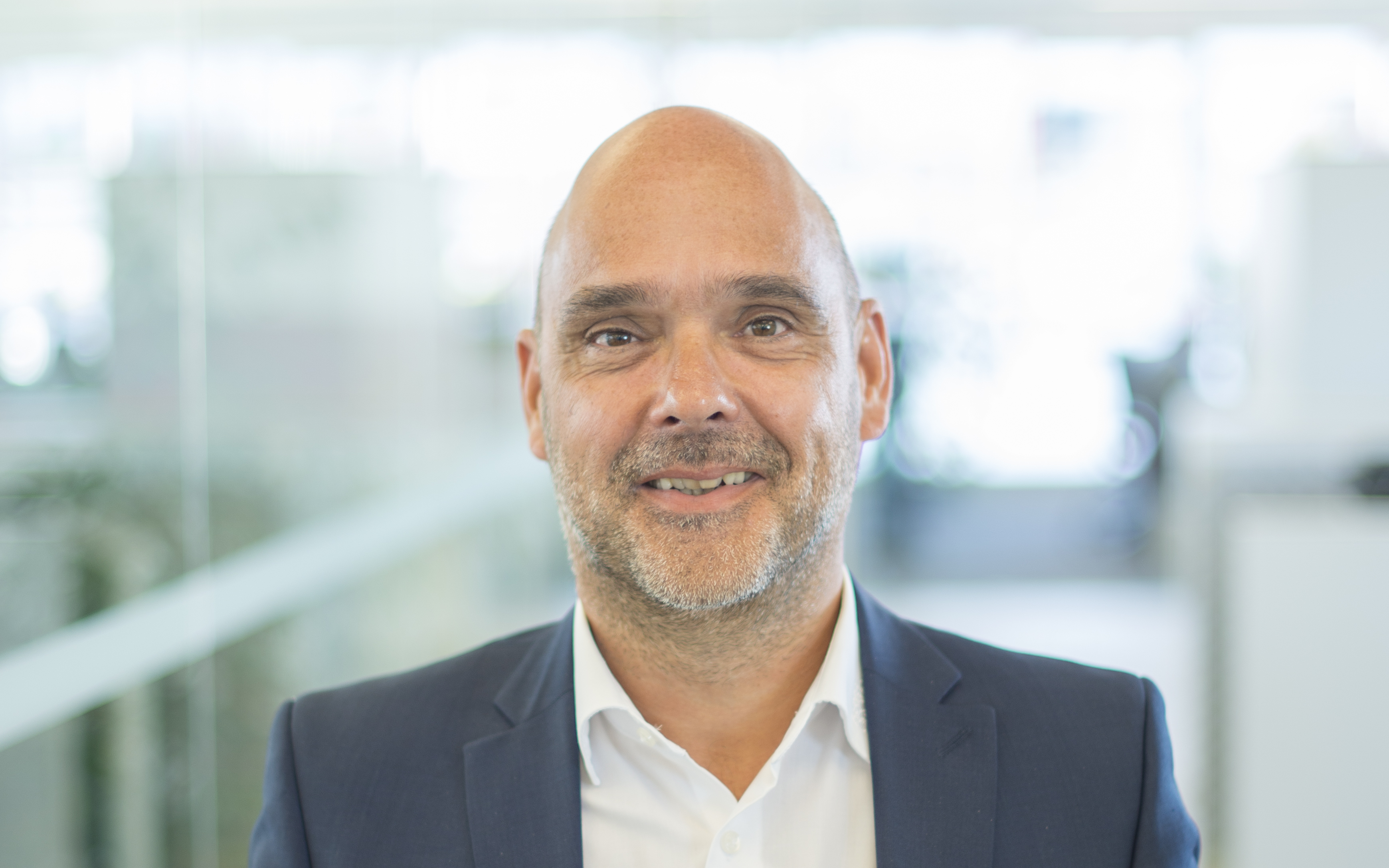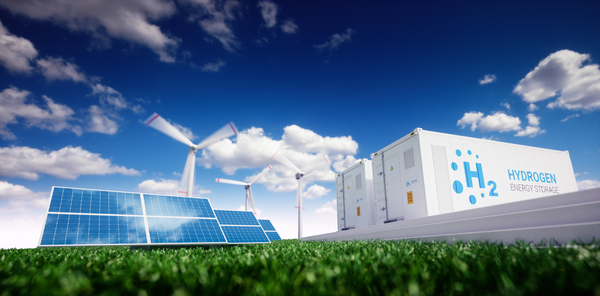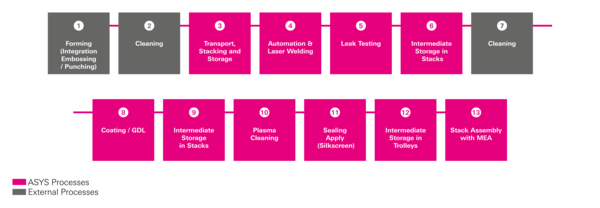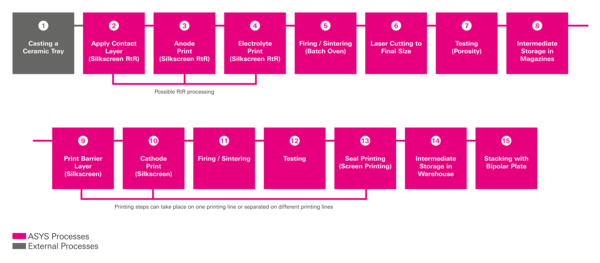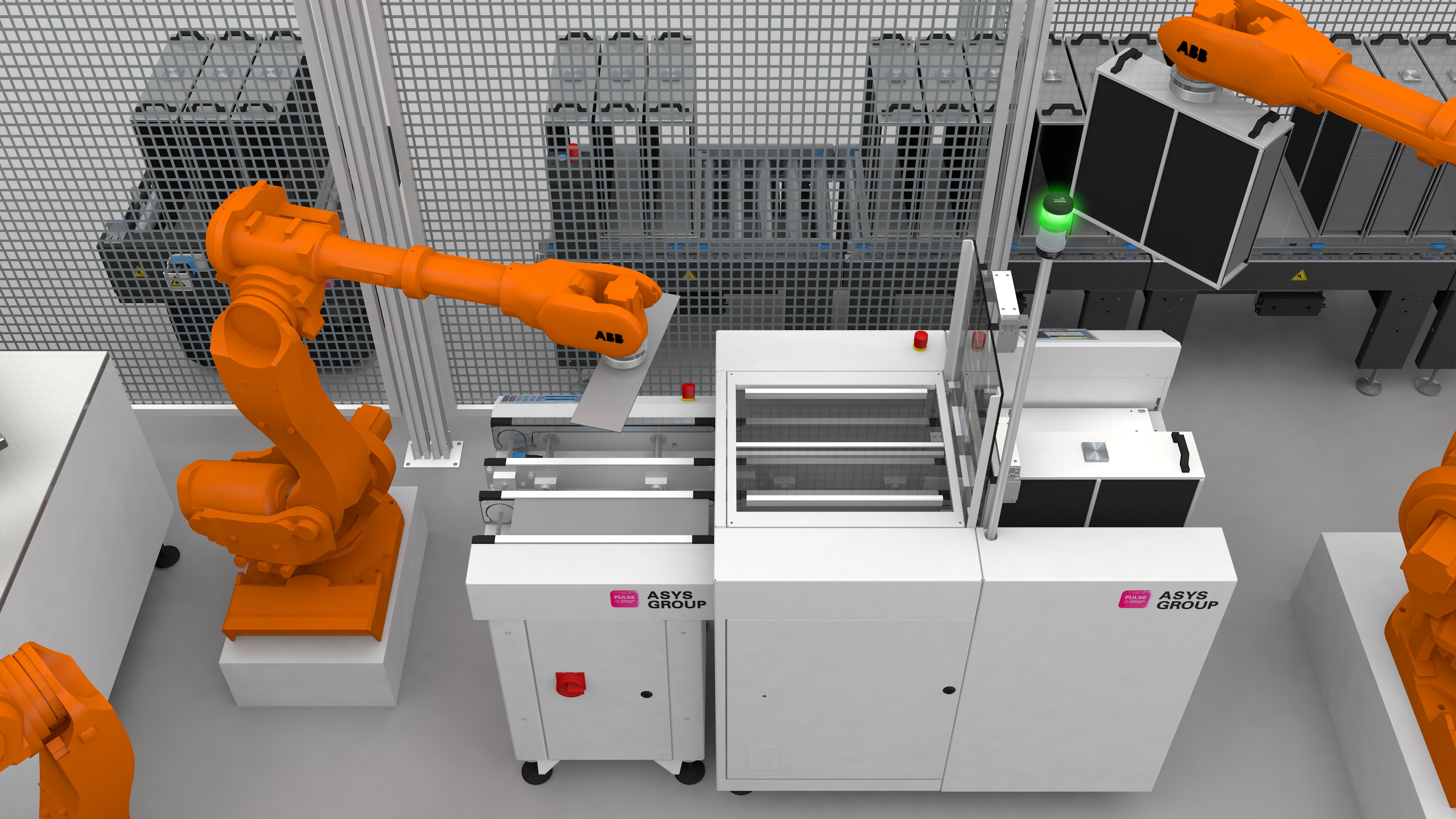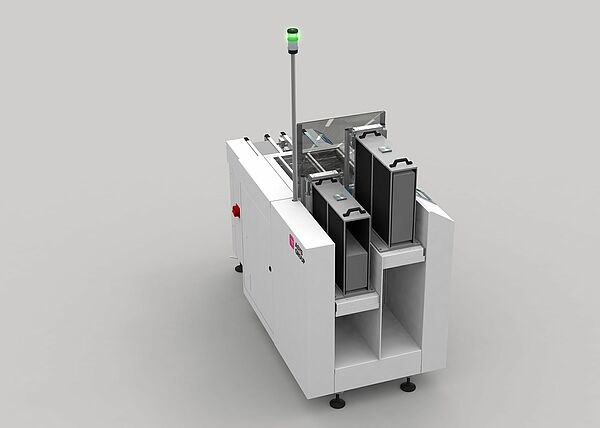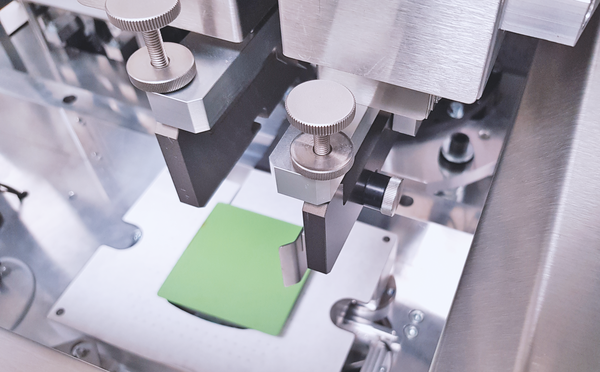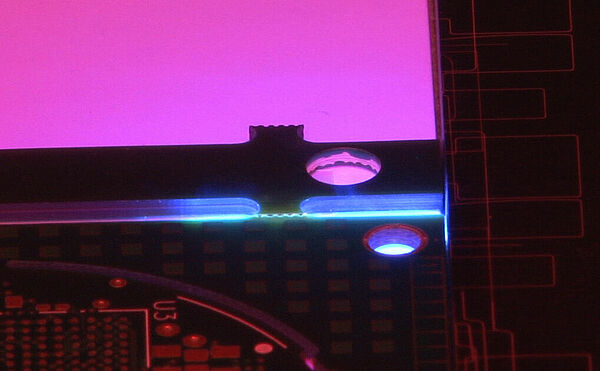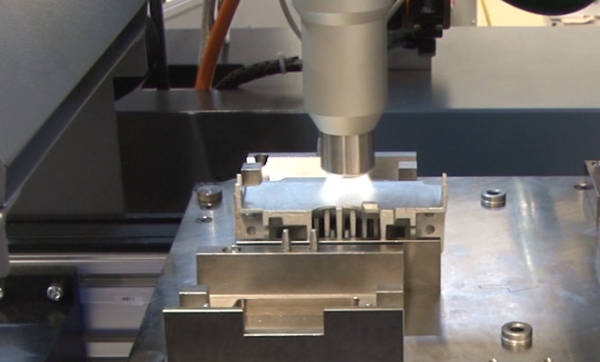Core Competence Process Integration
The manufacturing process of the individual membranes and their following stacking to a powerful fuel cell module requires specific process know-how. Individual process steps are linked to a powerful overall concept. As an established supplier for production automation, we combine the expertise from the different areas with reliability and precision.
Material Logistics
Our „Material Logistics“ solutions have already revolutionized material flow and production-related buffering of materials in electronics manufacturing.
Printing
Our know-how in the SERIO product range includes the high-precision printing of different, very thin and fragile substrates. These are requirements that we also face in the membranes of fuel cells. The EKRA printer portfolio reaches from stand-alone systems up to one second high speed lines. In Addition, we can fall back on years of experience in coating in the field of photovoltaics.
Laser Technology
For welding metallic bipolar plates, we use solutions from the POLYPHOS WL product range Other laser processes include laser direct marking of bipolar plates and ceramic membranes from the POLYPHOS MK product range and burr-free cutting of ceramic membranes for SOC applications with POLYPHOS MM.
Customer specific Assembly Solutions
Our business unit Inventus is specialized in the development and realization of complex automation tasks as for example required for stack construction. Furthermore, we offer individual control options to monitor for example the paste application of the membrane or the sealing pressure of the bipolar plate.
The result of this broad diversification are innovative manufacturing and assembly concepts for your fuel cell production. We support you with entry-level or high-volume variants, in single or turn-key solutions.
A fuel cell usually consists of a membrane electrode assembly (MEA), which is enclosed by two metallic pole plates (bipolar plates). The anode and cathode gases hydrogen and oxygen are transported through the pole plates to the MEA. The actual electrochemical reaction to generate electricity takes place in here. A broad differentiation of fuel cells is based on the operating temperature. While „low temperature“ fuel cells usually operate in the range of <100°C, the operating temperature of a „high temperature“ fuel cell is in the range of 700°-1000°C. High-temperature cells are currently based on ceramic membrane materials (SOFC) or metallic membrane materials (MSC).
Laser Welding and Leak Test
The laser welding system that is integrated into the line concept is loaded with stacks of punched sheets for the anode and cathode side. They are automatically oriented, stacked, fixed and welded together with the support of an optical system. As an option, the result can be checked inline for leaks. Possibly damaged bipolar plates are directly sorted out and only good parts are temporarily stored in a stack.
Seal Printing
Various elastomers or silicones, which are suitable as sealing material, can be applied by screen printing. Depending on the material, uniform layer thicknesses with +/- 5 µm tolerance can be achieved. The cycle time plays a decisive role for cost efficiency in this process step, therefore two bipolar plates are processed parallel in the printing line. Within 3 seconds they are placed on the printing table by grippers, mechanically aligned and printed. While the printed plates are discharged via conveyor belts, the next parts can already be placed on the table. After passing through the drying oven, they are turned over and stored temporarily as a stack or passed directly to a second printer for reverse-side printing.
Coating / GDL
Bipolar plates are coated to improve the electrical contact to the MEA. These are contact prints (bipolar plate to MEA) with a special coating method and subsequent inspection.
Transport and Storage
The substrates or the bipolar plate are transported from the manufacturing station to an automated intermediate storage. This can be done manually or fully automatically. The intermediate storage of the materials can take place in an ASYS Material Warehouse. The communication follows via a host computer system.
Stack Assembly
To achieve the desired performance of the fuel cell units, MEAS are stacked with bipolar plates on both sides. At the same time, the stack is connected to the terminal plates, and screwed or clamped. We develop and implement solutions for automation that are matched to the cycle time.
RtR – Reel to Reel
Depending on the specific technology, we offer solutions for printing the layers onto the membrane which is either not sintered or already sintered. The printing can be done in single sheet process as well as directly from the roll (RtR).
Laser Cutting
The sintered membrane is trimmed by a laser. In this step, the membrane can also receive a unique identification (e.g. DMC code).
Membrane Printing - rigid
The fired and cut ceramic half cells can be printed with several layers. Established machine concepts from the solar sector can be used here. This guarantees material-friendly transport (substrate handling) with minimum cycle times and homogeneous layer thicknesses.
Stack Assembly
To achieve the desired performance of the fuel cell units, MEAS are stacked with bipolar plates on both sides. At the same time, the stack is connected to the terminal plates, and screwed or clamped. We develop and implement solutions for automation that are matched to the cycle time.
Firing / Sintering
The sintering of the membrane at temperatures of around 900°C takes place in stand alone or inline systems. These are integrated into the automation solution. Depending on the concept, the sintered substrates are temporarily stored in magazines for further processing in the cutting laser.
Testing
The print inspection is carried out in fully automated lines via weight control or integrated inspection systems (3D inspection).
Transport and Storage
The substrates or the bipolar plate are transported from the manufacturing station to an automated intermediate storage. This can be done manually or fully automatically. The intermediate storage of the materials can take place in an ASYS Material Warehouse. The communication follows via a host computer system.
Bipolar Plate
Due to the high operating temperatures in solid oxide fuel cells, the sealing materials have to be very temperature stable. Therefore, pastes based on glass, glass ceramics or metals are often used for sealing. The pastes are therefore very abrasive and require careful adjustment of the printing processes to avoid excessive material wear.


